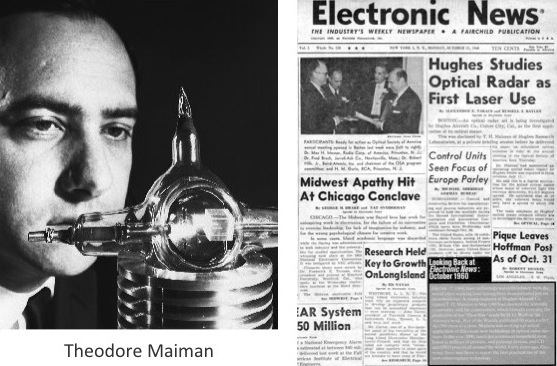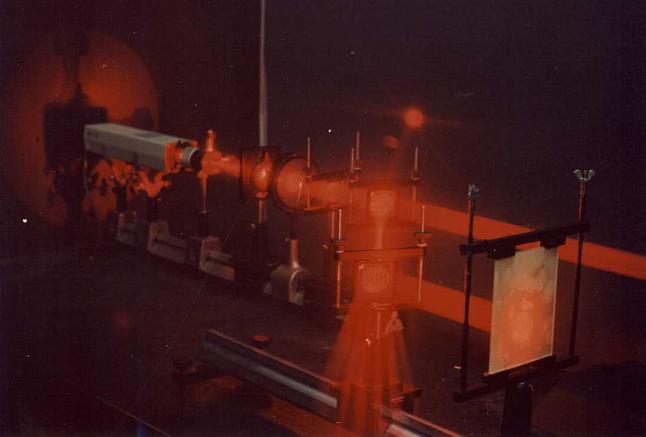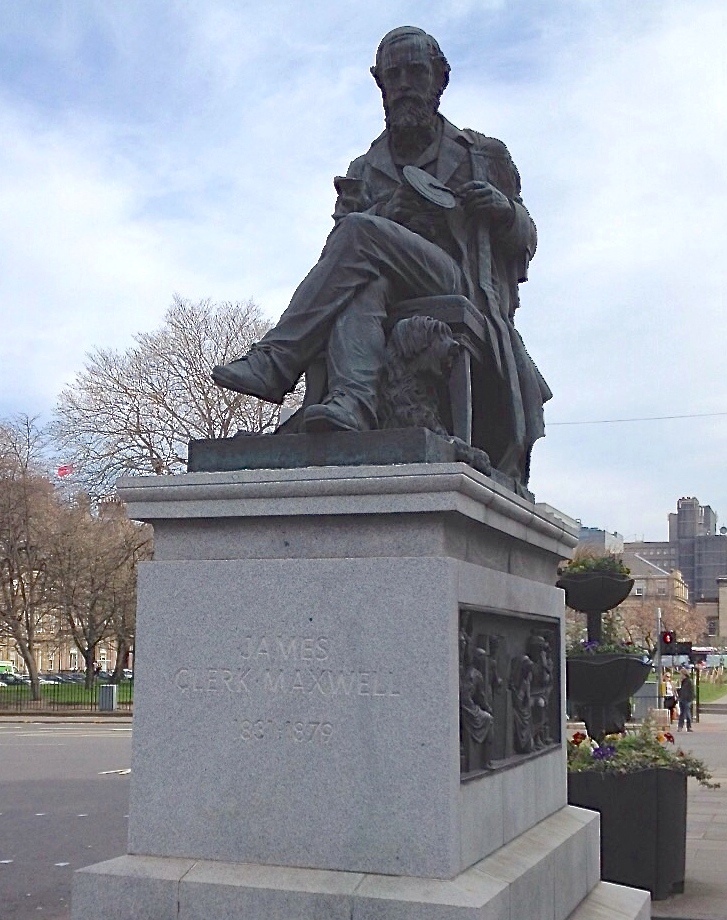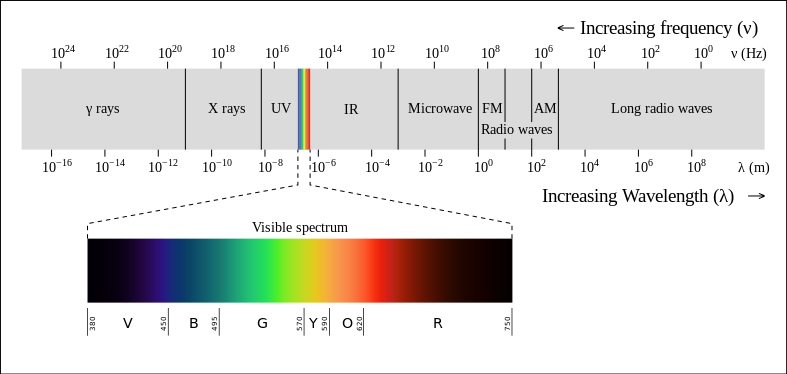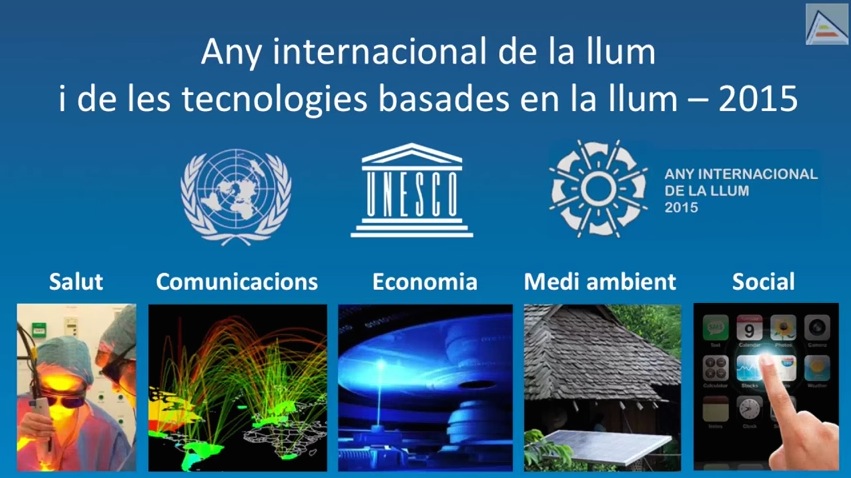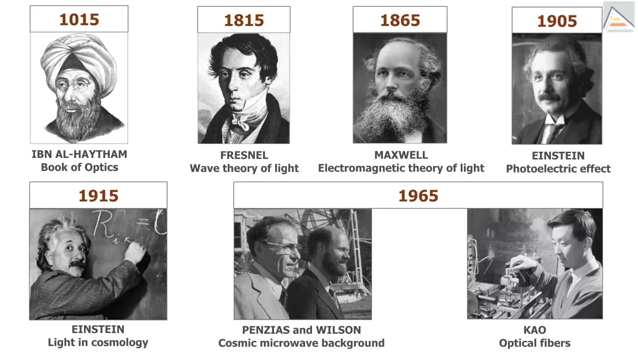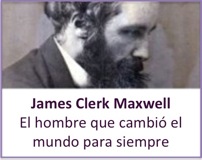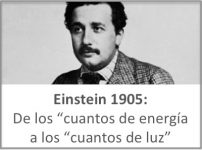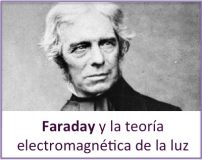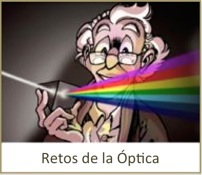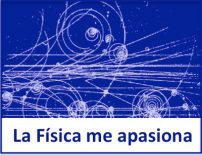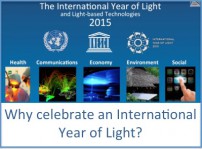Tal día como hoy de hace cincuenta y seis años, el 16 de mayo de 1960, el físico e ingeniero estadounidense Theodore Maiman (1927-2007) obtuvo la primera emisión láser, lo que dio lugar a uno de los más importantes y versátiles instrumentos científicos de todos los tiempos.
Esta fecha es, por tanto, muy importante no sólo para los que desarrollamos nuestra investigación en el campo de la óptica y para otros investigadores de otras áreas que también utilizan láseres en su trabajo, sino también para el público en general, el cual prácticamente todos los días está en contacto con dispositivos provistos de láseres. Los reproductores de CD, DVD y Blu-ray, las impresoras láseres, los lectores de códigos de barras utilizados en muchos comercios o los sistemas de comunicaciones por fibra óptica que conectan la red global de Internet son sólo algunos ejemplos de aplicación del láser en nuestra vida cotidiana. También el láser tiene importantes aplicaciones biomédicas, como en la eliminación de la miopía, el tratamiento de ciertos tumores y hasta para el blanqueamiento dental. Incluso el láser se utiliza los centros de belleza que continuamente nos bombardean con anuncios sobre depilación láser, tan de moda en los tiempos que corren. Sin embargo, el láser es de gran importancia, no sólo por sus múltiples aplicaciones científicas y comerciales o por ser la herramienta fundamental de diversas tecnologías punteras, sino porque fue un factor crucial en el renacer de la óptica que tuvo lugar en la segunda mitad del siglo pasado. Alrededor de 1950 muchos consideraban la óptica como una disciplina científica con un gran pasado, pero sin visos de tener un gran futuro. En aquellos años eran los artículos científicos de otras áreas de la Física los que copaban las revistas más prestigiosas. Sin embargo, el láser cambió esta percepción de forma drástica y dio lugar a un desarrollo nuevo y vigoroso de la óptica. Puede afirmarse, sin riesgo a equivocarse, que el láser fue el revulsivo que reactivó muchos campos de la óptica de forma «explosiva» y dio lugar a otros nuevos como la optoelectrónica, la óptica no lineal o las comunicaciones ópticas.
Pero, ¿qué es un láser? Se trata de un dispositivo capaz de generar un haz de luz que posee una intensidad mucho mayor que la luz emitida por cualquier otro tipo de fuente luminosa. Además presenta la propiedad de la coherencia de la que, por lo general, carecen los haces luminosos ordinarios. La dispersión angular del haz del láser es también mucho más pequeña por eso observamos la emisión del rayo láser como un delgado haz rectilíneo de luz cuando es dispersado por las partículas de polvo que nos rodean. Pero dejemos a un lado las cuestiones técnicas, más propias de otro tipo de publicaciones, y centrémonos en otros aspectos sobre la invención del láser, no por ello menos importantes, aunque seguramente más interesantes para el público en general. La palabra láser es en realidad un acrónimo formado por las iniciales de «Light Amplification by Stimulated by Emission Radiation» (amplificación de luz por emisión estimulada de radiación) y el término fue acuñado en 1957 por el físico estadounidense Gordon Gould (1920-2005), de la compañía privada Technical Research Group (TGR), el que cambió la «M» de Máser por la «L» de Láser.

El desarrollo del láser tiene sus orígenes en un artículo de Einstein sobre emisión estimulada de la radiación de 1916 («Strahlungs-emission und -absorption nach der Quantentheorie», Emission and absorption of radiation in Quantum Theory). Pero fue un artículo publicado el 15 de diciembre de 1958 por dos físicos, Charles Townes (fallecido el pasado 27 de enero a los 99 años de edad) y Arthur Schawlow, y titulado Infrared and Optical Masers, el que puso las bases teóricas que permitieron a Maiman construir el primer láser en 1960 en los Hughes Research Laboratories (HRL), en Malibú, California. Maiman utilizó como medio activo un cristal cilíndrico de rubí sintético de un centímetro de largo, con sus bases espejadas, constituyendo el primer resonador óptico activo de la historia. Imagino que no será conocido el hecho de que Hughes Research Laboratories fue una compañía privada de investigación fundada en el año 1948 por el magnate Howard Hughes, excéntrico multimillonario, aviador, ingeniero autodidacta, productor de Hollywood y empresario, al que diera vida en el cine Leonardo DiCaprio en la película de 2004 El aviador dirigida por Martin Scorsese. Los ejecutivos de los Hughes Research Laboratories dieron a Maiman un plazo de nueve meses, la cantidad de 50.000 dólares y un ayudante para que consiguiera la primera emisión láser. Maiman pensó utilizar una lámpara de un equipo de proyección de cine para excitar ópticamente el medio activo, pero fue precisamente su ayudante, Irnee D’Haenes, el que tuvo la idea de iluminar el cristal de rubí con un flash fotográfico.
Una vez conseguida la primera emisión láser, Maiman envió un breve artículo a la prestigiosa revista de Física, Physical Review, pero los editores no lo aceptaron aduciendo que esta publicación había anunciado que se estaban recibiendo demasiados artículos sobre máseres –el antecesor del láser en la región de las microondas- y había decidido que en el futuro todos los artículos sobre este tema serían rechazados, al no merecer ser publicados con urgencia. Maiman entonces remitió su artículo a la prestigiosa revista británica Nature, realmente aún más selectiva que Physical Review, dónde el artículo sobre la primera emisión de la luz láser vió la luz (nunca más adecuada esta expresión que en este caso) el 6 de agosto de 1960 en la sección Letters to Nature bajo el título Stimulated Optical Radiation in Ruby, siendo Maiman su único autor.
Este artículo consta apenas de 300 palabras y ocupa poco más de una columna, por lo que quizás sea el artículo especializado más breve jamás publicado sobre un desarrollo científico de tal magnitud. En un libro editado para celebrar el centenario de la revista Nature, Townes calificó el artículo científico de Maiman como «el más importante por palabra de todos los artículos maravillosos» que la prestigiosa revista había publicado en sus cien años de historia. Con la aceptación oficial del artículo de Maiman en Nature, los laboratorios Hughes hicieron pública la noticia del funcionamiento del primer láser en su empresa convocando a los medios en una conferencia de prensa en Manhattan el 7 de julio de 1960.
Transcurrió muy poco tiempo desde que el láser pasara de ser una curiosidad sin aplicaciones a convertirse en una fuente casi inagotable de nuevos avances científicos y desarrollos tecnológicos de gran calado. De hecho, el primer láser comercial llegó al mercado apenas un año después, en 1961, año en el que también se pusieron a la venta los primeros láseres de He-Ne, probablemente los más conocidos y utilizados desde entonces. En esos primeros años entre 1960 y 1970 ninguno de los investigadores que trabajaron en el desarrollo del láser -la mayoría en laboratorios de empresas privadas como los ya mencionados de Hughes, los de IBM, General Electric o los laboratorios Bell- podía haber imaginado de qué forma los láseres transformarían en los siguientes cincuenta y seis años, no sólo la ciencia y la tecnología, sino nuestra vida cotidiana.

